There’s just no way around back pain, and swinging a golf club more than likely won’t make it feel much better.
Trying to play golf with a herniated disc could prove to be challenging, but if you’re thinking of hitting the course anyway go ahead and read up on a few things to help alleviate the pain so you can eventually swing more freely.
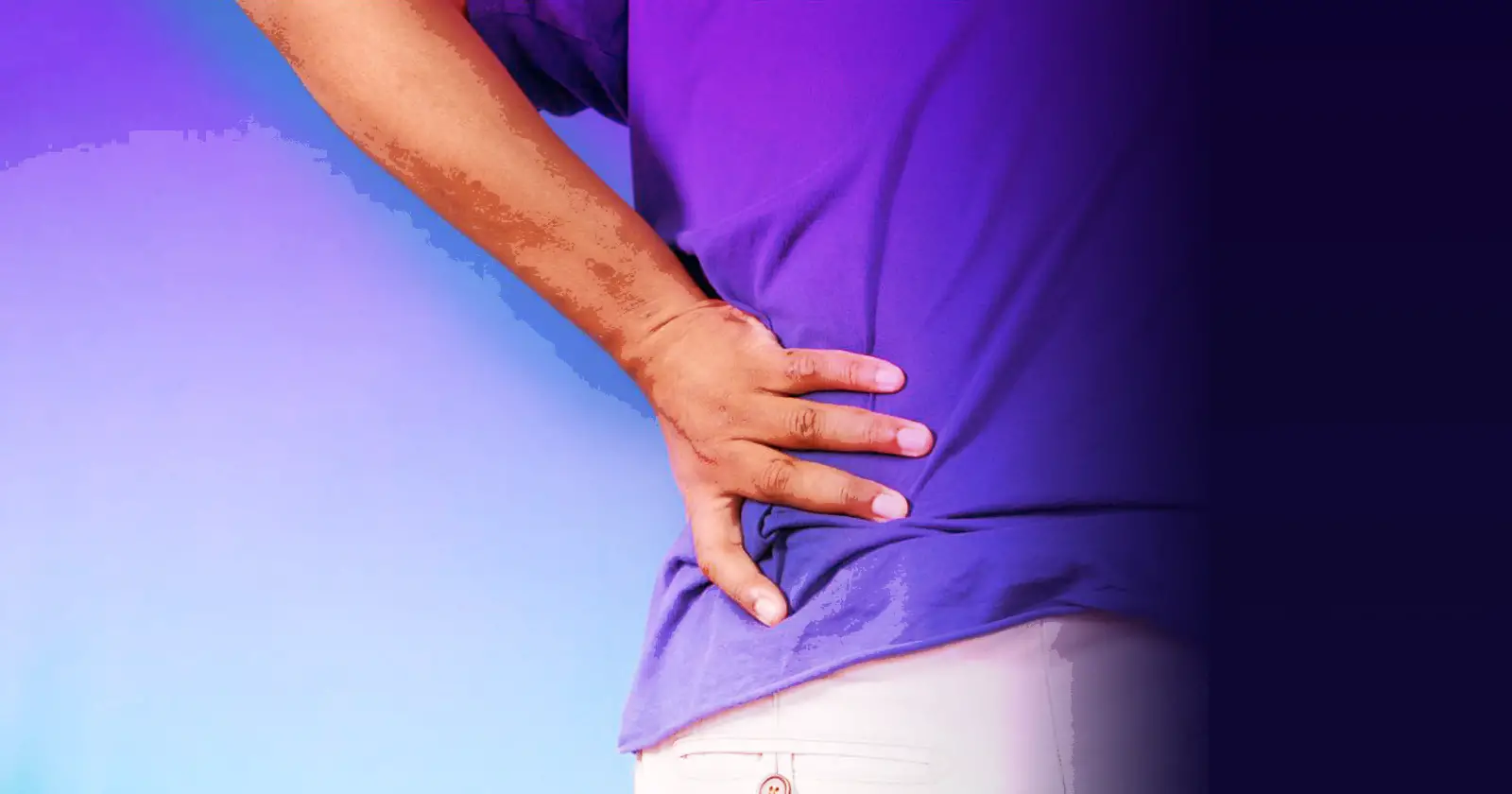
As the old saying goes, “every sport has its injuries.” It’s no joke, any activity that requires repetitive physical activity can bring on an injury or worsen an existing condition.
But what about golf and spinal injuries? Can golf affect a pre-existing disc herniation and make it worse?
Can I golf with herniated disc?
Depending on the severity, disc herniations can negatively affect the golf game due to the postures required to swing the golf club. Extreme, repetitive movements can cause further disc herniation or a ruptured disc, leading to permanent, debilitating injury.
Unfortunately, with spinal injuries such as disc herniations and golf, the question of which comes first is like the chicken and egg analogy.
Susceptibility to further disc injury through the physical demands of golf is a reality, as is the effect a disc problem can have on the quality of your game.
What Is disc herniation?
The little bones that make up the human spine are separated by rubbery cushions called discs. This cushioning provides the flexibility and mobility required to carry out normal daily tasks.
Whether due to injury or through wear and tear, these discs can sometimes rupture and protrude laterally, affecting nearby nerves and causing several symptoms, including pain, numbness, tingling, or weakness. The medical term for this particular condition is disc herniation or slipped disc.
These symptoms will occur in the region where they occur, such as the shoulder, arm, leg, or foot, depending on where in the spine the herniation has occurred. Most herniations occur in the back, yet they can happen anywhere in the spinal column.
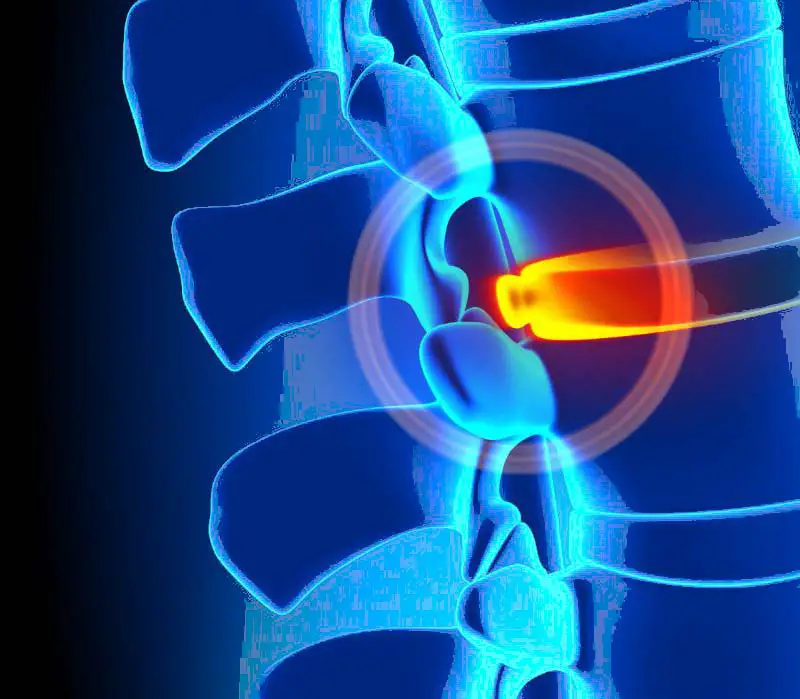
Golf, a popular contact sport
Golf is, without exception, one of the most popular outdoor activities worldwide.
In a 2017 statistic, The US was shown to have nearly 32 million active golfers or approximately 10% of the population.
Both amateur and professional golfers reported experiencing back disorders, with the largest group, the amateurs, accounting for around 35% of injuries, mainly in the lumbar spinal region.
In 2018, one famous case was that of Tiger Woods, who returned to the professional game after a layoff partially caused by a 2017 fusion of the lumbar spine following years of incapacitating pain and decreased mobility.
Golfing with herniated disc
It may surprise many that the forces required to swing the club effectively are comparable to that of football linemen striking a blocking sled. This enormous compressive force during the downswing is about eight times the average weight of an adult human being.
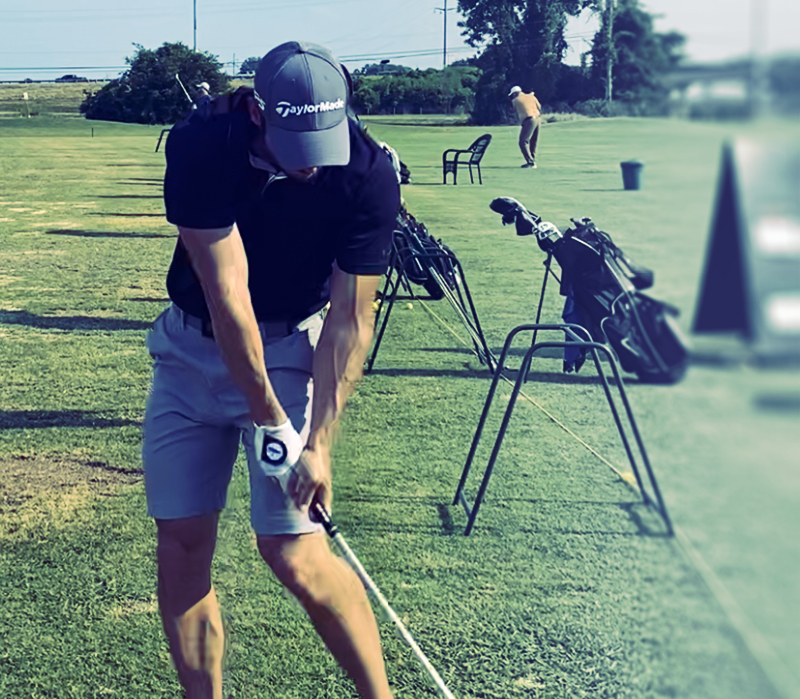
Techniques in the golf swing have evolved with a drive for ever-increasing distances. To achieve this, the club head must travel through the air at speeds exceeding 100 mph and in one-fifth of a second. Players have to spring up and release immense force to achieve these forces.
Impact on the spine
During the downswing, the explosive twisting movement called “the crunch,” massive stress is placed on the lower spinal discs.
A Japanese study of professional golfers showed, through radiographic studies, degeneration of the lumbar spine asymmetrically, meaning on one side of the spine. A separate study using electromyography (EMG) further supported this, which showed the neuromuscular and physiological effects.
Based on all these studies, medical experts are now increasingly warning that repetitive trauma of the lumbar spine is causing injuries previously not seen by doctors and sports scientists.
Golf with herniated disc: Disc herniation
Although often there are no symptoms at all, and when mild symptoms do occur, they often heal on their own over time. In these cases, a period of bed rest and conservative treatments such as over-the-counter anti-inflammatory medication usually does the trick.
Degenerative disc problems are not usually treated using surgery unless the nerve pain becomes unbearable or there’s a risk of permanent paralysis or weakness.
How to tell you have a disc problem
Sporting injuries are an occupational hazard. Everyone knows that regardless of how much warming up and stretching you do, the inevitable can and will happen at some point.
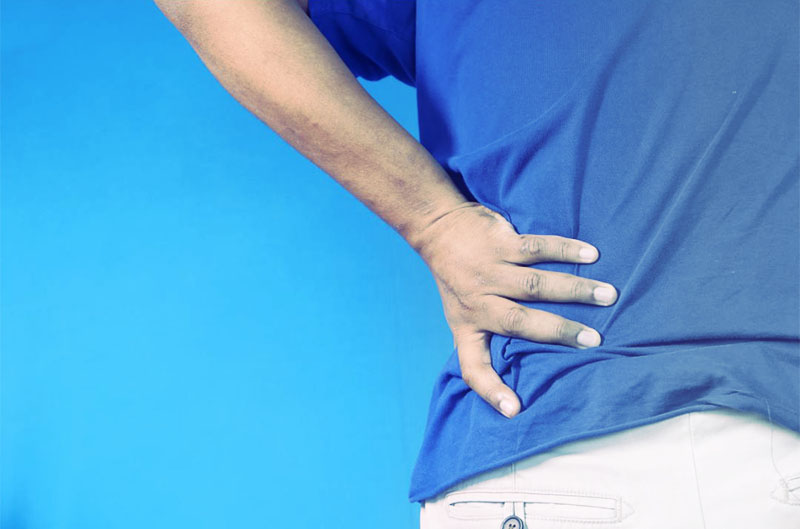
Mild to moderate exercise and plenty of stretching following a rest period will usually take care of any mild to moderate back or neck pain. After all, the majority of these sporting aches and pains are related to muscle strain. In extreme cases, recovering can take many weeks or even months.
Although initially, the symptoms from a disc herniation may resemble those suffered through muscle strain or injury, some telltale signs indicate a more serious underlying issue causing these symptoms. These symptoms will usually occur on one side of the body only.
- Persistent arm or leg pain: – lower back disc herniation will cause pain in your thigh, buttocks, lower back, or leg. You might even feel it in your foot.
If you have pain in the neck, shoulder, or anywhere along your arm and into your hand, the bad disc will usually be located in your neck, known as the cervical spine.
- Tingling and numbness: – pins and needles in your extremities such as your hands or feet that don’t go away on their own can be caused by pinched or damaged nerves caused by disc herniation.
- Weakness: – An unexplained inability to grasp something tightly or a problem with balance when walking. This is due to the affected nerves that serve those muscles needed.
Suppose you experience any of the above symptoms for prolonged periods. It’s best to get checked out by a doctor. The doctor will more than likely require you to undergo imaging or nerve tests to determine the cause of your symptoms.
Herniated disc and recovery
You’ve perfected your swing and driven the ball through the 7th hole when you feel a sharp lightning bolt pain radiating through your neck, leaving you gasping for air. You know what this means. You will not be winning The Masters today.
But what do you do to relieve your suffering?
Your golf handicap is the least of your concerns if you want to get back into the swing anytime soon. Unfortunately, the key to neck and back injuries is patience and time to heal.
Disc herniations do have the ability to heal on their own, in most cases. This requires an appropriate treatment plan based on the severity of the case, and the outcome, although fairly promising, cannot be predicted. Some of the treatment recommendations include:
Hot and cold packs
Swelling in the affected area is common in the first 24 hours. The best way to treat swelling is by applying hot and cold packs. Ice applied for 20 minutes will cause the blood vessels to constrict.
Follow this with a heat pack for 15 minutes to dilate the vessels, causing a pumping action that directs the inflammation away from the injured area.
Repeat this for a few hours but take 2-hour breaks between the cycles to avoid nerve and skin damage.
Bed rest and activity
Lie down for the first 48 hours to give your body time to relax and start the healing process while continually applying the hot and cold packs to relieve swelling.
Stay physically active
Stiffness from too much resting or inactivity can make the pain worse. Mild activities such as stretching, walking, and anything that doesn’t exacerbate the condition or cause increased pain can be beneficial and are encouraged.
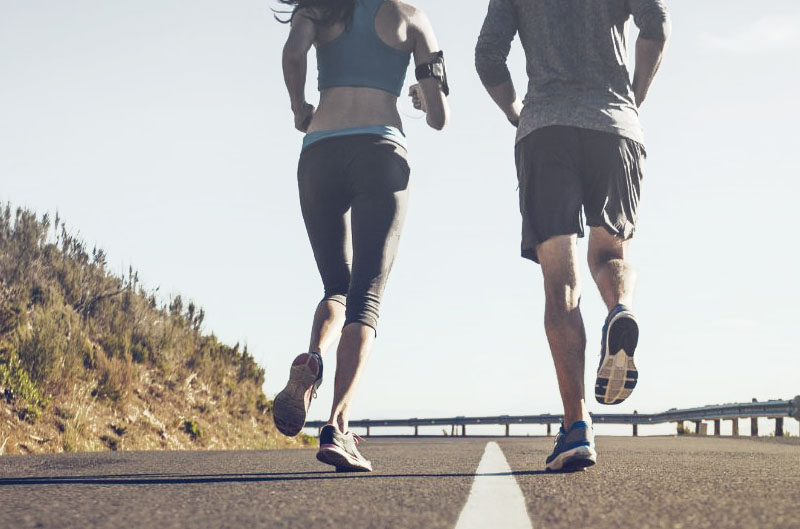
Non-invasive therapies
There are many alternative therapies available for the treatment of slipped discs. These include physiotherapy, chiropractic manipulation, or massages. These can be taken with over-the-counter pain medication such as Ibuprofen or other analgesics such as Tylenol for pain relief.
Other non-surgical treatments
In cases where conservative treatments don’t work, a doctor may prescribe stronger medications such as neuropathic drugs that dull nerve pain or muscle relaxants. Short-term opioids may also be prescribed short-term, as these are potentially addictive.
Surgery
Surgery is a last-ditch solution, especially if more conservative treatments don’t produce any results after six weeks. This can involve the removal of the protruding part of a disc, inserting an artificial disc, or the complete removal and fusion of the affected vertebrae.
How to avoid golf-related disc injuries
Although some would argue that golf is a low-impact sport, chances are pretty high that you will suffer some or other injury at some point. The average 300 swings on any golf day multiplied by the number of game days per year add a lot of spinal activity.
With any sport, injuries are an ever-present hazard. There are, however, many precautions that you can take to minimize the chance and the severity of injuries, particularly of the spinal discs as a result of golf. Try these to help you mitigate the risks.
Stay in your lane
Although golf was once considered an older man’s sport, it is no longer the case. No matter your age, keep in mind that you’re not Jack Nicklaus in the 1960s and 70s. Consider your age and personal physical form, as the approach to shaping up for golf differs based on age and conditioning.
Get warmed up
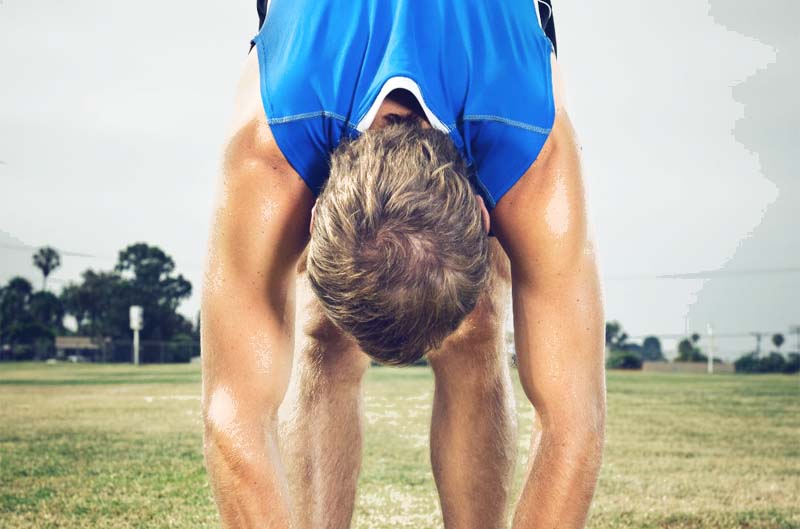
Anybody who owns a car, particularly a diesel-driven one, knows you must warm up the engine properly before taking off. The same applies to most active physical sports; golf is no exception.
Arrive early to avoid having to play catch up. You don’t want your buddies to tee off while you’re still lugging your clubs through the parking lot, and as a result, forego the compulsory pre-game warm-up session.
Proper stretching and warm-up should be part of any routine. Do these before knocking a few practice balls, starting gently and increasing your range and swing angle as you warm up to a full extension.
Maintain an active lifestyle
Stay active off the golf course, too; it’s all about conditioning. The more active you are, the more mobile and consistently supple you will be on your golf day. And this will show, too, as your game improves.
Focus primarily on your core muscles. This is vital for spine health. Abdominal muscles that protect your lumbar spine are particularly important. Any aerobic exercise, such as running, hiking, or swimming, will do. But remember, moderation is key. Please don’t overdo it, especially as you age.
Be flexible in your swing
You are not competing in a master’s tournament, so there is no need to suffer. Stay in tune with your body and learn to work with it as it slows down. You may need to change your swing pattern to achieve the best possible bodily mechanics.
Consider swapping out your equipment if it helps. Those decade-old clubs might have been right for you back then. They may not be the best for your current physical form, so pack away your pride and always do what’s best for you.
Seek medical advice when required
If you are feeling prolonged pain or are worried about something that feels out of the ordinary, make that appointment with your doctor. You could be saving yourself some major misery further down the line.
It is better to be safe than sorry. Doctors are all for staying active and will try their best to help you continue your golfing passion without compromising your long-term health.
FAQ
We’ve dealt with the definitions of disc herniations and the best ways to avoid them. For some of us, however, it might be too late. In this case, it’s important to understand the limitations once you have been diagnosed with a slipped disc.
Q: Can golf cause a herniated disc?
A: Herniated discs are usually because of gradual degeneration of the discs as you age. They can, however, rupture or protrude through a sudden abrupt movement brought on by physical activity such as golf. The twisting and turning movements required in golf can bring this on.
Q: Is golf bad for herniated disc?
A: For starters, your golf swing might be the first to suffer. It is very important to see a doctor and constantly monitor after a positive diagnosis to avoid further injury to the spine that may leave you in agony.
Q: Can you play golf with a herniated disc in your neck?
A: Yes, warm-up and stretching are key with all spine herniations. Use flexing and extended and rotational exercises, especially on your neck and head. Do not do this if your symptoms worsen or the pain extends into your arm or hand.
Ok let’s wrap it up so you can go hit the course
Whether you’ve decided to take to golf recently or worked on your handicap for ages, your priority should always be your health and wellbeing. See a doctor or health professional for an accurate diagnosis if you are experiencing any symptoms associated with disc herniations described in this article.
Follow us on Twitter at https://twitter.com/wolfitgolf and let me know if you begin to start playing golf pain-free.
References
- https://healthfully.com/golf-herniated-disc-5703475.html
- https://www.mayoclinic.org/diseases-conditions/herniated-disc/symptoms-causes/syc-20354095
- https://forums.golfmonthly.com/threads/herniated-disc-recovery-time.91876/
- https://www.medicinenet.com/what_is_the_fastest_way_to_heal_a_herniated_disc/article.htm
- https://thejns.org/spine/view/journals/j-neurosurg-spine/31/6/article-p914.xml
- https://utswmed.org/medblog/golf-prevent-back-pain/
- https://www.healthline.com/health/9-stretches-to-benefit-your-golf-game
- https://www.hss.edu/golfportal/modifications-for-golfers-with-neck-pain-or-disorders-or-after-recent-neck-surgery.htm
- https://www.spine-health.com/blog/should-i-use-ice-or-heat-my-lower-back-pain